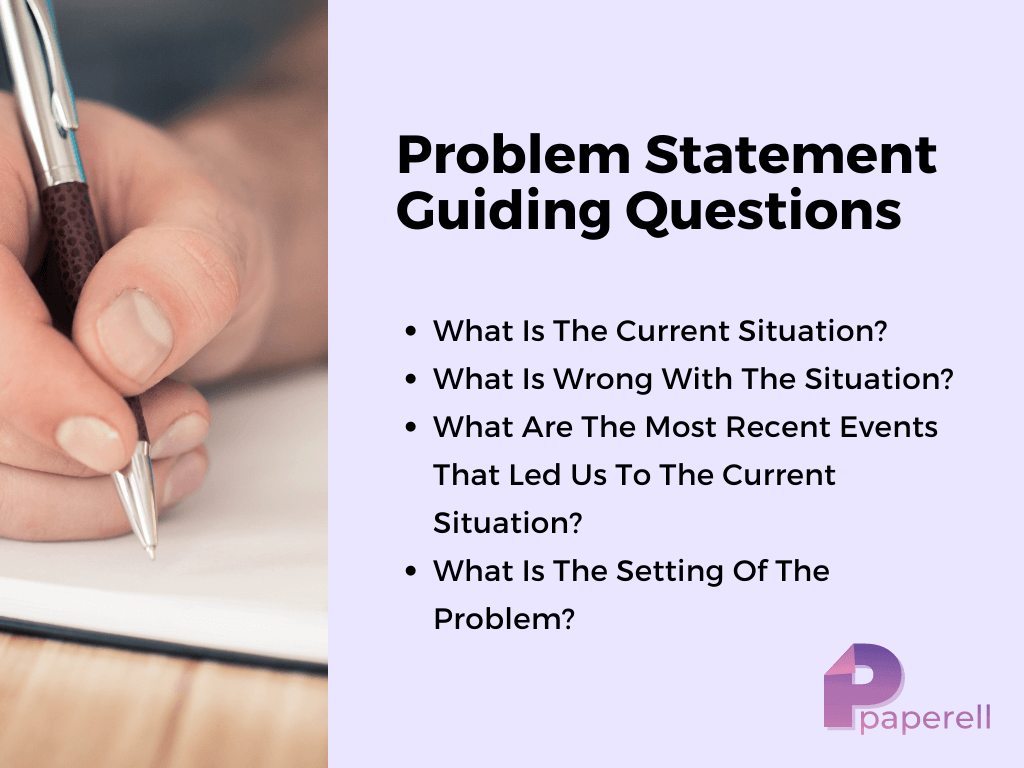How to Write a Problem Statement

Writing an effective problem statement involves careful consideration and attention to key elements. Here's a step-by-step guide on how to write a problem statement:
Understand the Problem: Before you start writing, ensure a deep understanding of the problem. Conduct research, gather data, and analyze the situation to clearly define the issue at hand.
Define the Problem's Scope: Clearly outline the boundaries of the problem. Identify what is included and excluded from the scope to avoid ambiguity and maintain focus.
State the Problem Clearly: Express the problem in simple and unambiguous language. Clearly articulate what the problem is, using specific details to enhance clarity.
Provide Context: Offer background information to help readers understand the context and significance of the problem. Include relevant historical data, trends, or events that contribute to the understanding of the issue.
Explain the Impact: Describe the potential consequences or impact of the problem on individuals, organizations, or the community. This helps to emphasize the importance of addressing the issue.
Identify Stakeholders: Specify the key stakeholders who are affected by or have an interest in the problem. Acknowledge the various perspectives and interests involved.
Quantify if Possible: If applicable, include quantifiable data to measure the severity or extent of the problem. This adds an objective dimension and allows for clearer assessment.
Articulate the Desired State: Clearly state the ideal outcome or solution you aim to achieve. This helps in setting goals and providing direction for potential interventions.
Highlight Barriers or Challenges: Identify any obstacles or challenges that may impede the resolution of the problem. This demonstrates a realistic understanding of the complexities involved.
Consider Feasibility: Acknowledge the feasibility of solving the problem within given constraints such as time, resources, and expertise. This helps in assessing the practicality of proposed solutions.
Review and Refine: Review your problem statement for clarity, conciseness, and completeness. Ensure that it accurately represents the issue and effectively communicates the urgency for intervention.
Seek Feedback: Share your problem statement with colleagues, experts, or stakeholders to gather feedback. Their insights can help refine the statement and improve its effectiveness.
Thank you.